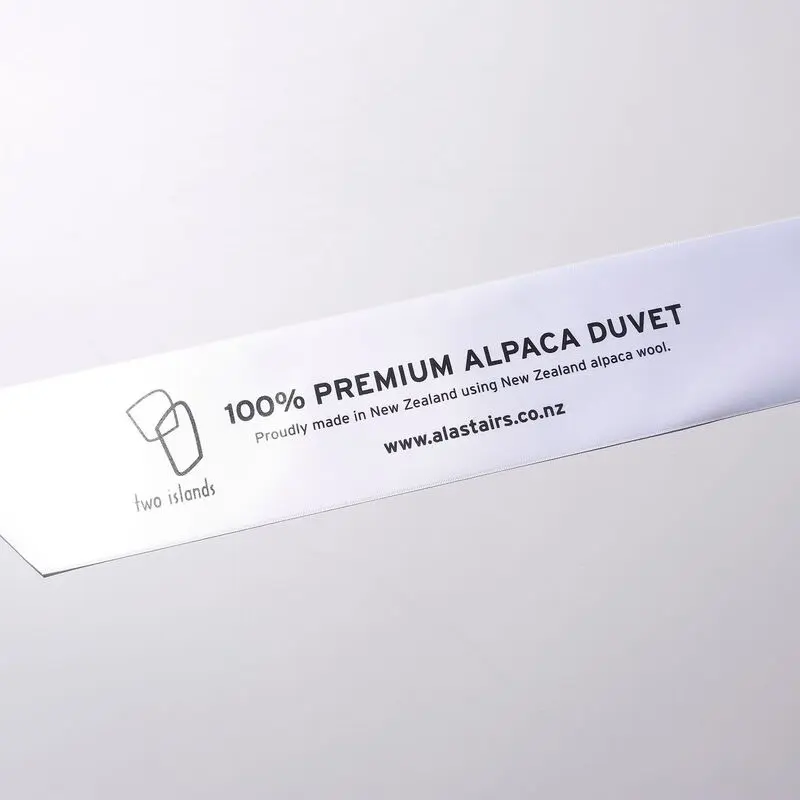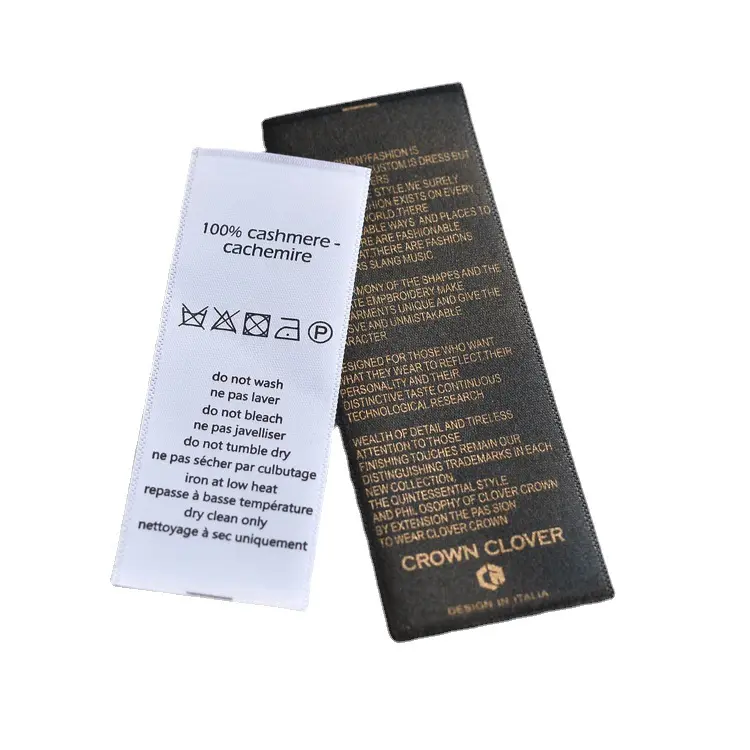Main Processes and Characteristics of Printed Labels
Main Processes and Characteristics of Printed Labels
Below, the LIJIE Factory, a Chinese manufacturer of garment accessories, summarizes the main processes used in printed labels. There are three key processes: Screen Printing, Heat Transfer Printing, and Flexographic Printing.

Screen Printing
Screen printing involves stretching woven fabrics, synthetic fiber fabrics, or metal meshes onto a frame and creating the printing screen using manual lacquer coating or photochemical plate-making methods. Modern screen printing technology uses photosensitive materials to create the printing screen through photographic plate-making. This process makes the mesh holes in the graphic areas open, while blocking the mesh holes in the non-graphic areas.
Process:
- A scraper is used to press the ink through the mesh holes in the graphic areas onto the substrate, producing an image identical to the original design.
Advantages:
- Strong color fastness
- Minimal width and length limitations
- Rich color options
Heat Transfer Printing
Heat transfer printing is a relatively new technique introduced from abroad less than 10 years ago. It is divided into two parts: transfer film printing and transfer processing.
Process:
- In transfer film printing, halftone printing (with a resolution of 300 dpi) is used to pre-print the design onto a thin film. The printed design is rich in layers, vivid in color, and has minimal color variation.
- Transfer processing: A heat transfer machine is used to apply heat and pressure, transferring the design onto the product's surface. After shaping, the ink layer fuses with the surface, creating a realistic and beautiful effect.
Advantages:
- Vivid colors with excellent reproduction
- Suitable for mass production
- Enhances product quality
Flexographic Printing
Flexographic printing (often referred to as flexo printing) uses a flexible plate and ink transfer rollers to apply ink onto substrates. Printing plates are typically made from photosensitive resin, with a thickness of 1-5mm. There are three main types of inks used: water-based inks, alcohol-soluble inks, and UV inks.
Process:
- Flexographic printing uses roll-fed materials, enabling double-sided printing and additional processes like inline varnishing, foil stamping, die-cutting, waste removal, and rewinding.
Advantages:
- High production efficiency: The process shortens production cycles, saves labor, materials, and costs, and enhances economic benefits.
- Wide range of substrates: Can be applied to paper, plastic films, aluminum foil, and self-adhesive papers.
- High-quality prints: The printing precision can reach up to 150 lines per inch, with rich layers and vibrant colors—ideal for packaging printing.
- Eco-friendly: Utilizes non-toxic, environmentally friendly inks, complying with green standards and food packaging requirements.
- Economic benefits: Flexographic printing costs only 10%-20% of gravure printing, with 1/3 less ink consumption, 40% less energy usage, and a lower waste rate of only 1%-2%, reducing overall production costs.



































